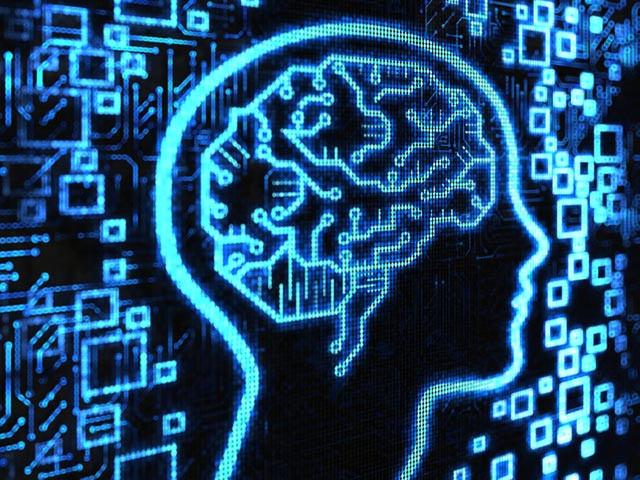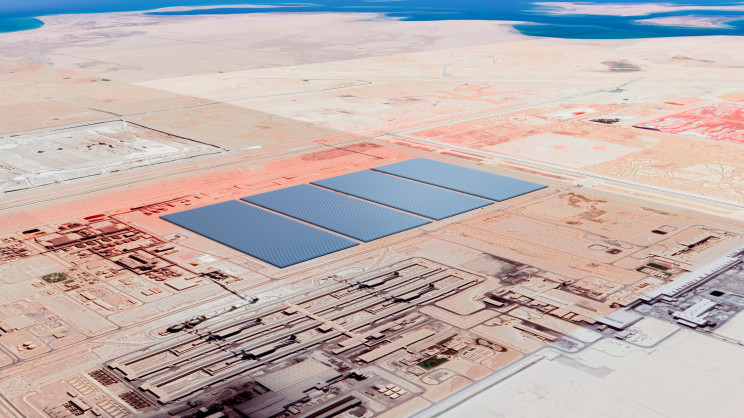Intel’s first microprocessor, the 4004, was introduced in 1971 and held just 2,000 transistors. Today, Intel’s most advanced chip, the Ivy Bridge, holds 1.4 billion transistors. Increasing the number of transistors on a chip allows a computer to process even greater numbers of 1’s and 0’s.
According to Michio Kaku, there is “an ultimate limit set by the laws of thermodynamics and quantum mechanics as to how much computing power you can get with silicon.” This means that the age of silicon, which started in 1957, is destined to come to a close when Moore’s Law will “flatten out completely perhaps as early as 2022,” according to Kaku.
Physical Limits of Silicon
Limitations of silicon, according to Shazia Hassan of Indiana University include:
- to increase speed computer chips must more densely pack transistors onto an IC chip. Today’s computers have up to a 1.4 billion transistors in the space of a 10-cent coin.
- designs of computer chips made of silicon have become so complex that it’s difficult for designers to make them any more smaller as they become increasingly complex and more expensive to make
- Power consumption and heat are two nearly insurmountable hurdles to be overcome if further advancement in silicon-based chips is to be attained. When transistors become too heated they interfere with each other.
Intel Corporation, the world’s largest semiconductor chip manufacturer is simultaneously working on new silicon chip design technology, for example, “3D” chips that which are just 22 nanometers across. In 2014, Intel will introduce silicon chips smaller than 14 nanometers. While these efforts will extend the use of silicon, cutting edge technologies like the following four below are being developed in expectation of the demise of silicon.
New Prospects in Computer Chip Design
New technologies for chip design, according to scientists at Indiana University, include:
- DNA or biological – DNA base computers have a much higher storage capacity and processing speed than silicon-based computers. a a a Computations would be carried out using biomolecular processes and parallel computing would be possible. DNA-based computers would also operate using much lower amounts of energy, reducing heat.
- Optical – optical-based computers would replace current computers electrical signals and would operate at the speed of light or 299,792 458 m/s. These computers would use binary values just as today’s computers but handle information much faster as well as multiple operations simultaneously. According to scientists, optical-based computers are still a couple decades away.
- Molecular – molecular computing takes advantage of the computational power of biological molecules. Size problems referred to above in traditional computers can be eliminated by making molecule size processors making circuits thousands of times smaller than current silicon-based processors. Molecular technology would also vastly bring more circuitry to the microchip. Finally, it’s believed molecular computing would be cost-effective and, like the other technologies, they are a decade or two away.
- Quantum – quantum computers would use atoms, photons and molecules rather than traditional transistors. IndustryTap wrote about qubits in 2013. Quantum computers have specific computational advantages for certain types of problems in search, cryptography and others but may not have application to typical computer processes such as sorting.
We will look at these alternatives in coming stories on IndustryTap.
Related articles on IndustryTap:
- DNA-Based Electrical Circuits Could Launch New Computer Revolution
- Can the Human Brain Even Comprehend the Power of Quantum Computing?
- IBM Builds the Most Complex Human-Like Artificial Brain Yet
References and related content:





